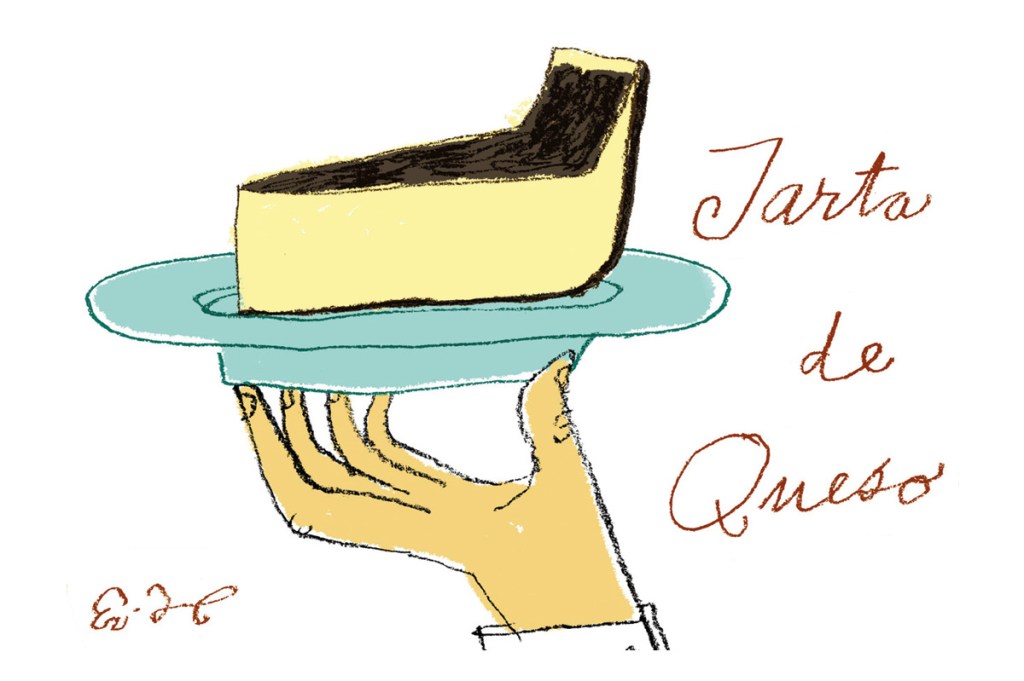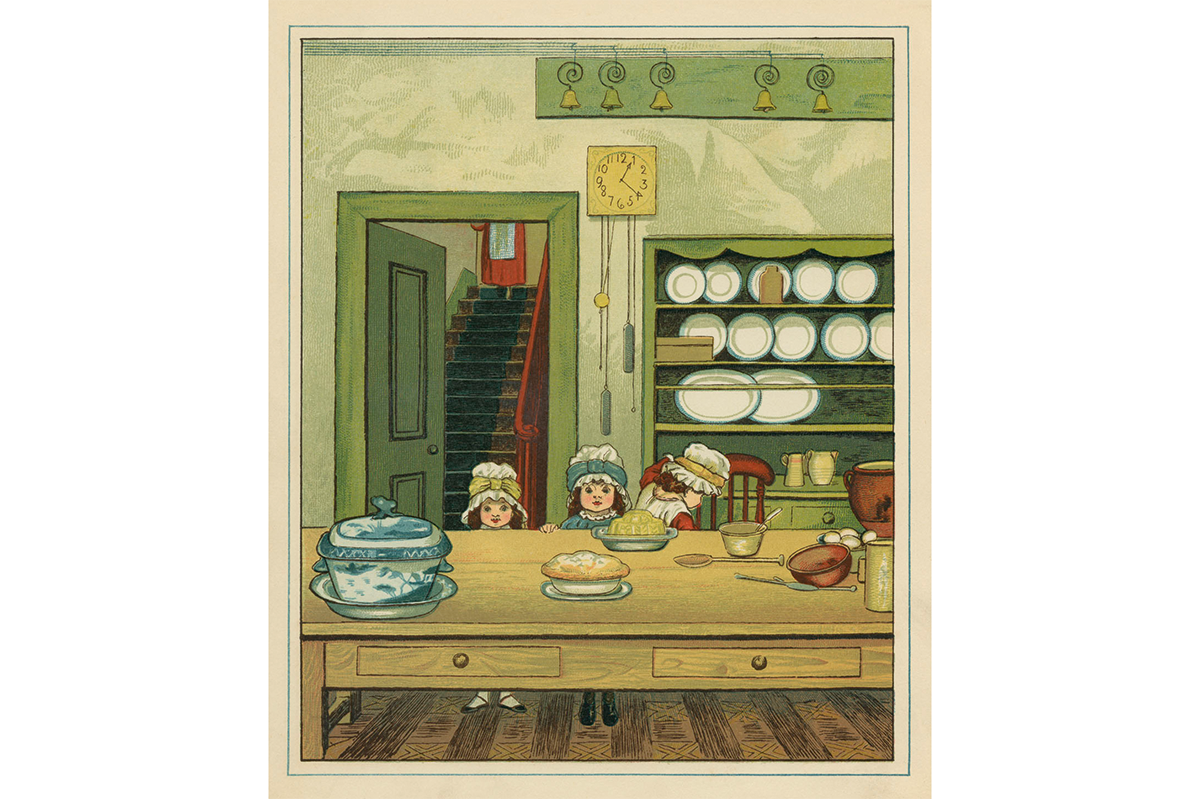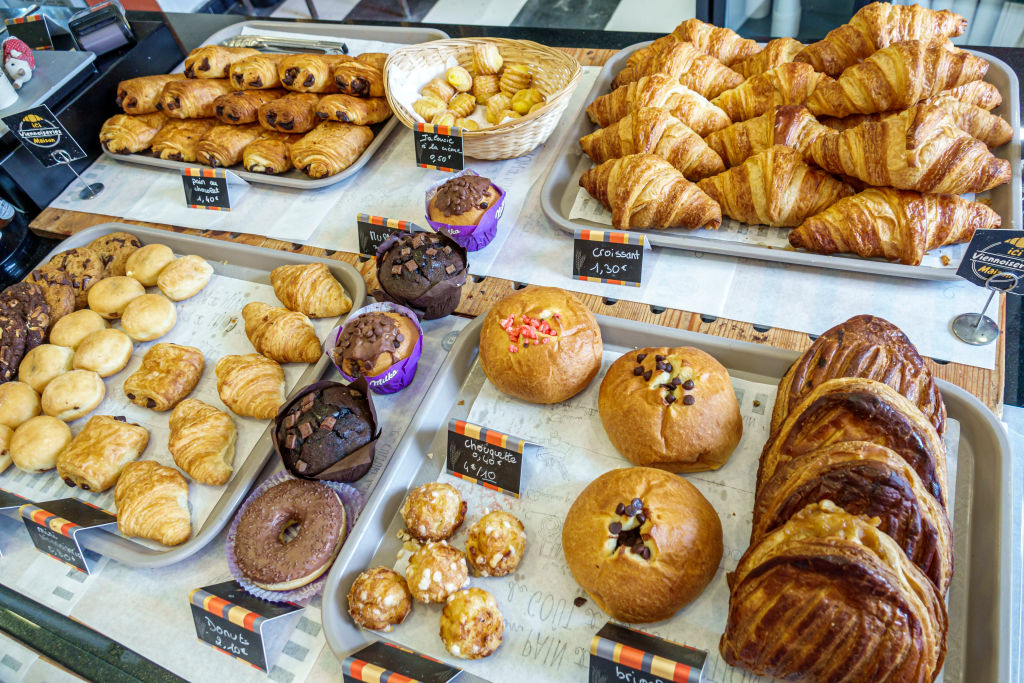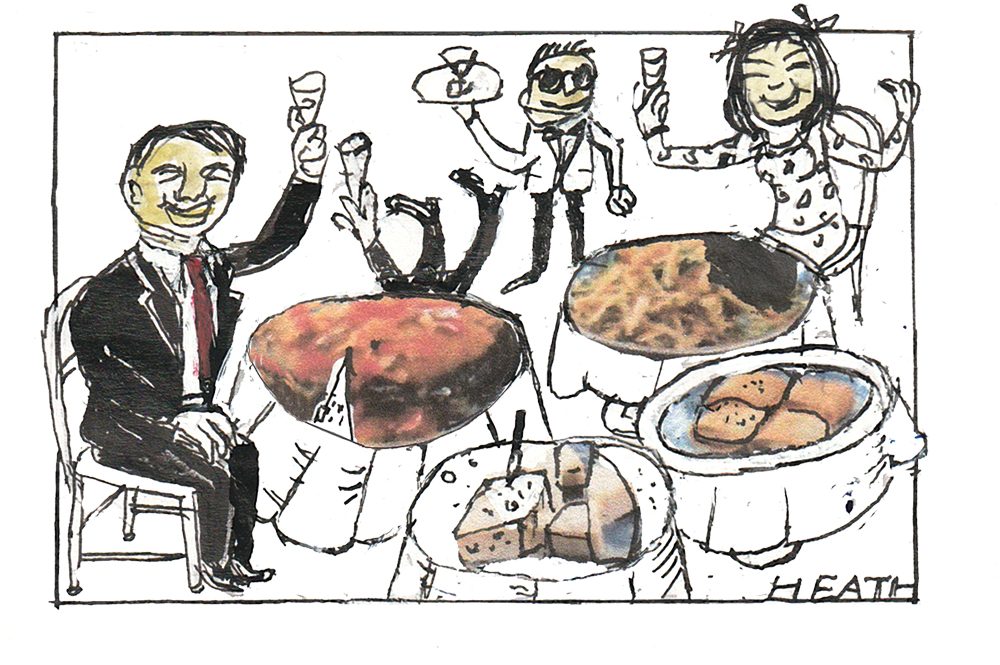Spring, as Chaucer pointed out, occasionally has the curious effect of making people “long on pilgrimage to go / And palmers to be seeking foreign strands / To distant shrines renowned in sundry lands.”
The May morning may come when you find it in your heart to pick up the pilgrim’s staff and wend your way along the paths of olden Spain to Santiago de Compostela. There are several ancient ways to reach the distant shrine of St. James, and if you are a lover of the road less traveled, you may find yourself drawn to the Camino del Norte, which begins in the western Pyrenees of the Basque country, then hugs the long beaches and jagged cliffs of the Atlantic shoreline through Cantabria and Asturias before curving inland through Galicia to the Apostle’s tomb.
It is rather unfair that at the beginning of your route, in the spectacular Basque country, you will encounter some of the world’s finest restaurants. Are they traps to tempt the pilgrim from his austere way? Places to build reserves of strength for later days upon the road? Or points at which to come full circle, returning, decked with scallop-shells and virtuous accomplishment, to feast on pintxos and sagardoa (Basque tapas and cider) after leaving life’s burdens at the Apostle’s tomb?
This is a question each pilgrim must answer for himself. Be that as it may, the Basque city of Donostia-San Sebastián has more Michelin stars per square foot than New York or Paris. Its fine-dining scene is positively bespangled with culinary awards.
Where such dazzling lights abound, lesser luminaries cluster too. Possessed of zero Michelin stars (which some chefs find more of a curse than a blessing, anyway), the pintxo bar La Viña has made its mark on the world just the same, with its famous invention of burnt Basque cheesecake.
“Burnt Basque cheesecake”: it’s a Nineties baby, even though the name makes it sound like a venerable culinary tradition dating to the eighteenth century at the earliest. To be fair, the locals themselves don’t call it that; that’s a twist for the benefit of us anglophones. Santiago Rivera, the current owner of La Viña and the one who first made the dessert in 1990, unpretentiously calls it tarta de queso, “cheese tart.” Since the Nineties, tourists in San Sebastián have been lining up for a slice of the day’s production, and leave tearing their beards if, as occasionally happens, the cakes are sold out.
Imitations soon took over the culinary world, popping up everywhere from Tokyo to San Francisco to Paris. More recently came the pandemic and legions of home bakers looking for photogenic desserts to impress their online friends. The cake went viral. In 2021 the New York Times named burnt Basque cheesecake the “Flavor of the Year” — a title that, doubtless kindly meant, somehow seems a trifle condescending. (How do they mean, flavor? Horrible visions of burnt-Basque-cheesecake yogurt float before the eyes.) But it signaled the cake’s total conquest of the foodie scene. It was no longer just a trend; it was a classic, a “flavor,” an established theme on which to riff.
How exactly does tarta de queso differ from New York-style cheesecake? For one thing, it has no crumb base, which takes care of potential soggy crust problems. The cheese mixture is poured directly into a parchment-lined springform pan. Its collar-twists of faintly browned paper lend drama to its presentation at the table.
It’s less sweet, for another thing, and the texture is different: proper Basque cheesecake is not dense and firm, like New York cheesecake, but light and not-quite-custardy. When it comes out of the oven, the center is still supposed to be wobbly, and the cake is inclined to stick to the knife when it’s cut.
And most importantly, it’s burnt. Why? There ought to be a story here about the original chef forgetting it in the oven, only to rescue it as wreaths of smoke began issuing forth, and serving it nonetheless, in a fit of desperation, to a dozen delighted Michelin inspectors.
Sadly, there seems to be absolutely zero evidence of any such thing. But surely the tarta de queso deserves a legend comparable to the backstory of crêpes suzette, which may or may not have been invented when a junior waiter accidentally set the sweet, alcohol-laden sauce for the Prince of Wales’s pancakes on fire in the chafing dish, tasted the result, and under the pressure of the moment decided to serve it anyway — a choice for which the Prince purportedly rewarded him, sending him a jeweled ring, a Panama hat and a cane the next morning.
In the absence of such a thrilling tale, we are forced to conclude that the chef simply knew his onions, or rather his gastronomic sciences. “Burnt” is a bit of an exaggeration; it’s not supposed to be carbonized, exactly. The Basque is baked at a high temperature, unlike other cheesecakes, which causes the lactose and sugar on the surface to turn a deep brown in a Maillard reaction. As a result, the cheesecake’s browned surface possesses a darker flavor that contrasts with its sweet, light interior.
Perhaps you’ll never end up walking to Santiago de Compostela, or stopping by Santiago Rivera’s pintxo bar in San Sebastián. But there’s nothing to stop you from making a local pilgrimage or celebrating the end of it with homemade burnt Basque cheesecake. With the cake’s simple ingredients and its oven-browned, parchment-wreathed glory, it possesses the kind of unpretentious authenticity that goes with a dusty road and the destination of a distant shrine.
This article was originally published in The Spectator’s May 2023 World edition.

























